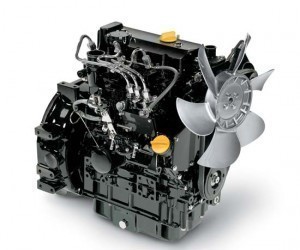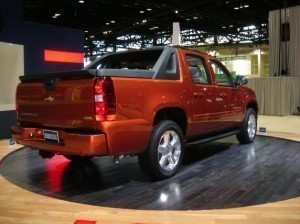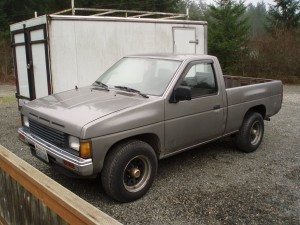Engine Dimensions
The engine size is measured in liters, cubic inches or cubic  centimeters. The measurement is determined by the cylinders present.
centimeters. The measurement is determined by the cylinders present.
How the Cylinders are Measured
A cylinder has a specific volume. It is measured by assessing the area between the lower power stroke and the upper power stroke. The computation is done by calculating the cylinder area (the bore) multiplied by the crankshaft stroke.
The result is the volume of one cylinder. Multiply all the cylinder volumes and you get the total engine dimensions.
The figures you see in ads are rounded off. A car that’s labeled a 350 is actually 348 cubic inches. A car advertising itself with a 1.6 liter engine size is actually 1.588 liters.
Note: almost all American vehicles measure the engine in liters. In other countries they may still use cubic inches or centimeters.
Factors that Determine Engine Dimensions
Several things will affect the engine’s dimensions. If the bore is big, the engine will be a lot larger. Also contributing to the size is the stroke; longer ones translate to bigger engines. Of course, the number of cylinders will add to the size.
Does the Size Matter?
The bigger the engine, the more horsepower it will have. There are probably exceptions to this rule; some racing cars have smaller engines but are vastly more powerful than the typical streetcar. But it’s not just in speed that engine size matters.
A bigger engine means the vehicle will have an easier time navigating rough terrain and weather. It also gives the car more power to handle towing and perform other tasks.
Disadvantages
The biggest drawback is increased fuel consumption. The larger the cylinder, the more air and fuel is needed for each cycle. A large engine also puts more weight on the vehicle. This adds stress to the tires and suspensions. This can weaken the components and lead to early wear and tear.
The presence of a large engine causes imbalance. The engine’s presence on only one side of the vehicle puts strain on that section. If not attended to, it might cause under steering.
Engine Displacement
Displacement refers to how much work is processed. Here the engine size makes a difference. The larger the engine, the more power is generated. This is true even if the horsepower isn’t that high. The reason is that big engines utilize torque instead.
Again it should be pointed out that powerful engines require a lot more fuel. How long this trend will last is unclear. Already car and engine manufacturers are in a race to develop fuel efficient engines.
Typical Engine Dimensions
Vehicles have different engine dimensions. The smallest you’ll probably see is a 1.6 liter car. But that’s very uncommon. Even small cars have 3 liter engines. Trucks have engines twice that size. Some sedans come with 3.8 liters. Racing cars are much more powerful and have more features than average vehicles.
In other words, engine size does make a difference. The bigger it is, the more power your vehicle has. But you need to weigh that with the fuel costs. Always think of these things before deciding what to buy.





